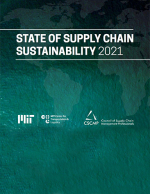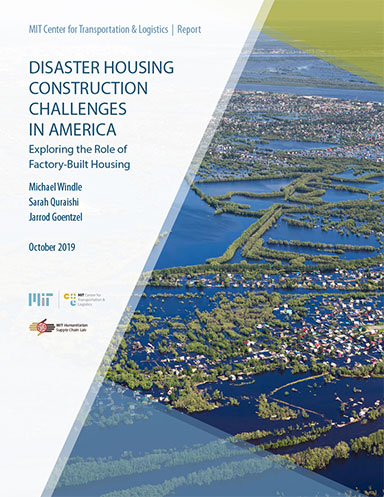Disaster Housing Construction Challenges in America
There is no single dollar figure consistently referenced to describe the cost to FEMA for a manufactured home. In some ways, trying to identify a single cost for the use of a manufactured home in a disaster setting is similar to identifying a single cost for rebuilding a damaged home after a disaster.
Exploring the Role of Factory-Built Housing
Disaster housing is a persistent challenge facing America’s emergency management community. Reports aggregated by the Department of Homeland Security (DHS) indicate that states and territories have ranked housing as the secondleast proficient of 32 core capabilities for preparedness.
These same reports identified housing as a national area of preparedness improvement every year since 2012. Amidst this disaster housing environment, America is also facing several non-disaster housing challenges: construction workforce shortages, construction labor productivity stagnation, low levels of housing inventory, and high levels of cost-burdened households.
With a focus on new construction (as opposed to repairs), this report examines the distinction between temporary and permanent housing and explores the potential for factorybuilt housing to be utilized, at scale, as a regular tool for disaster recovery.
For this report, “factory-built housing” is defined to include modular, panelized, and pre-assembled housing construction methods and to exclude both site-built housing and manufactured housing. Wider use of factorybuilt housing after disasters has the potential to be faster and cheaper, act as a resource after catastrophic events, and help states both address affordable housing challenges as well as improve overall community resiliency.
The speedy provision of post-disaster housing is complicated by the array of ordinances, regulations, and permitting practices that emergency managers navigate after each disaster. The disaster housing tool that the Federal Emergency Management Agency (FEMA) has used most frequently when providing direct housing support is manufactured homes.
These homes fall under America’s only national preemptive code, commonly called the “HUD Code,” due to oversight provided by the Department of Housing and Urban Development (HUD). This pre-emptive code assists with FEMA’s ability to provide direct housing in communities across the United States by reducing, but not eliminating, regulatory delays to installation of direct temporary housing.
Manufactured homes – though designed to be permanent – are utilized on a temporary basis to provide disaster survivors with direct housing. Manufactured homes are capable of providing housing for a family for more than 50 years, but
Congress, via the Robert T. Stafford Disaster Relief and Emergency Assistance Act (Stafford Act), requires FEMA’s temporary housing assistance to last no longer than 18 months. FEMA’s use of manufactured homes comes at an average cost of roughly $110,000 to $129,000 each.
Factory-built homes could potentially become an alternative to manufactured homes, and they have been utilized after disasters in several pilot programs with varying success.
Should emergency managers and policymakers want to utilize factory-built homes more frequently after disasters, they must first overcome several significant barriers. Lack of a pre-emptive building code – and the norm of state and local adoption of differing building codes – reduces the ability of emergency managers to develop a uniform inventory of homes deployable to meet disaster needs across the United States. Tabulation of U.S. Census Bureau figures reveals that
America currently only produces 3% of its single-family houses as factory-built homes, which limits its staying power as a tool for emergency managers. The historical average of 3% of new single-family homes being factory-built indicates that this industry is not yet widely accepted as an alternative to site-built homes in America.
Finally, disaster restrictions distinguishing temporary housing from permanent housing reduce the use of factory-built homes after disasters, even as temporary housing solutions already reach levels of permanency and as some states seek to develop combined solutions for disaster housing and affordable housing.
When provided with flexible federal recovery dollars, states have occasionally leveraged factory-built houses to address combined disaster housing and affordable housing challenges. These flexible dollars, however, do not arrive until long after a disaster occurs – after temporary housing assistance is likely to be discontinued.
What’s Related




Favorites





